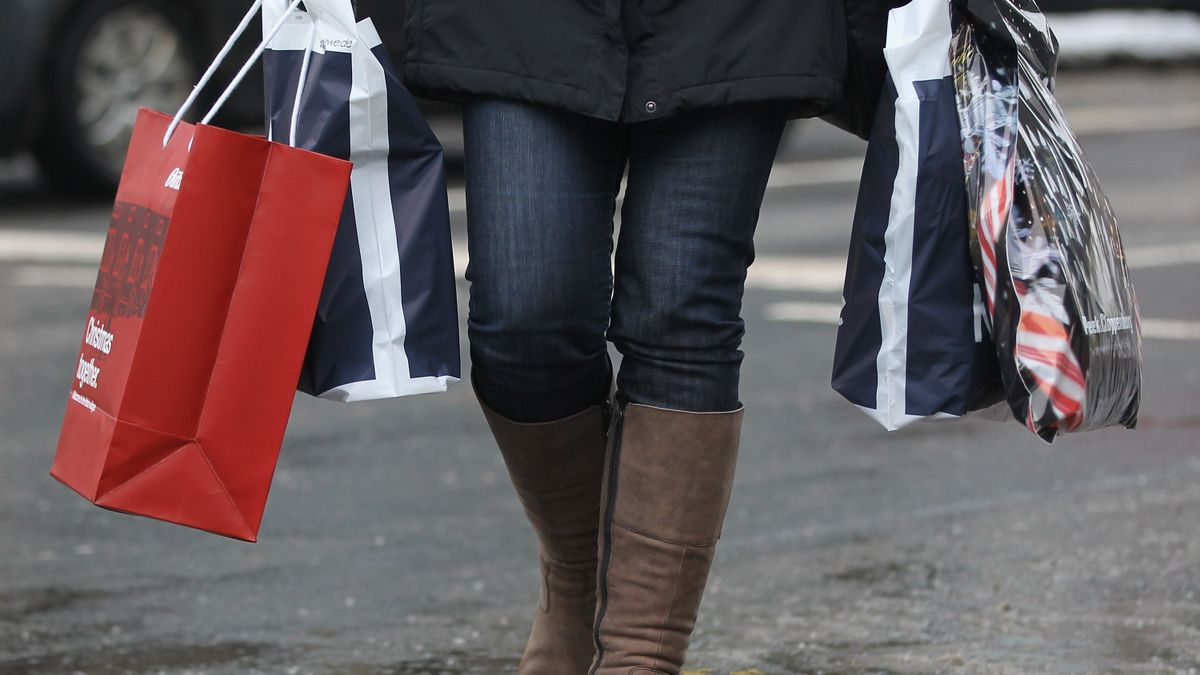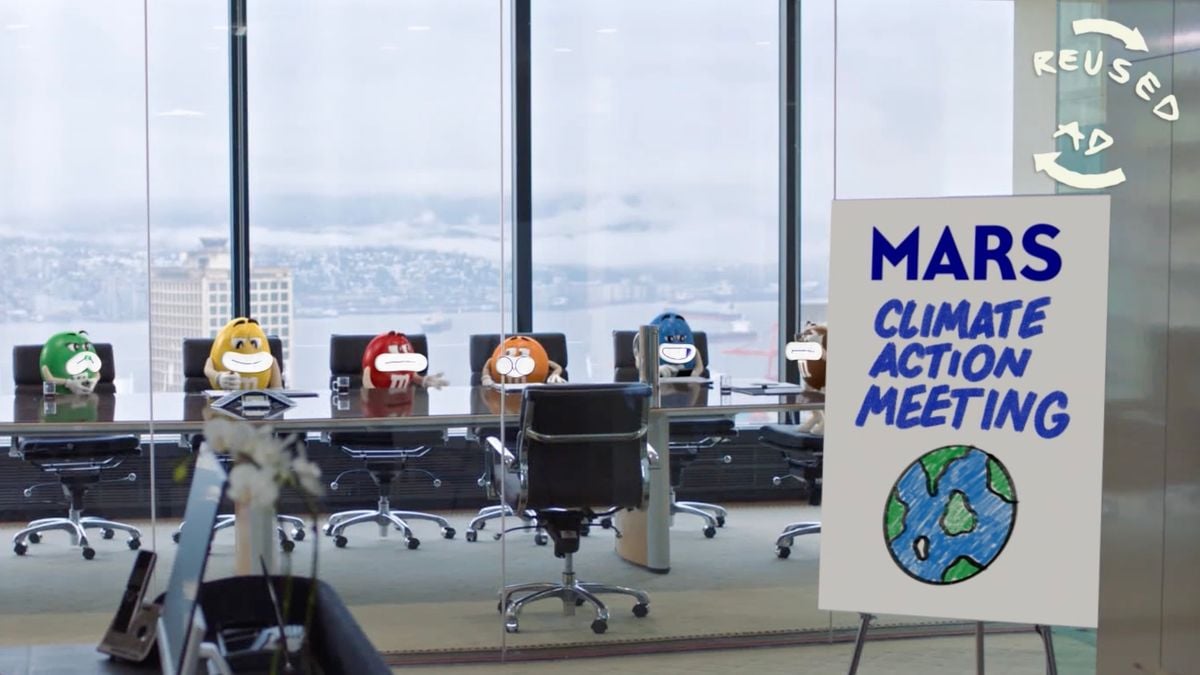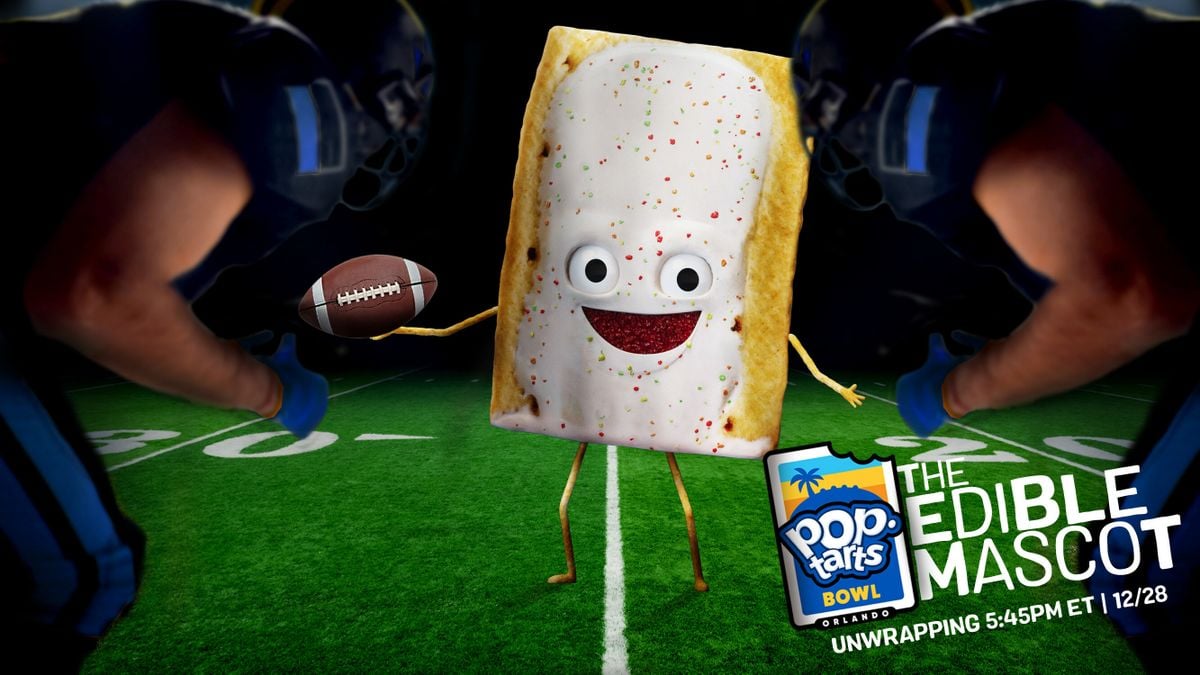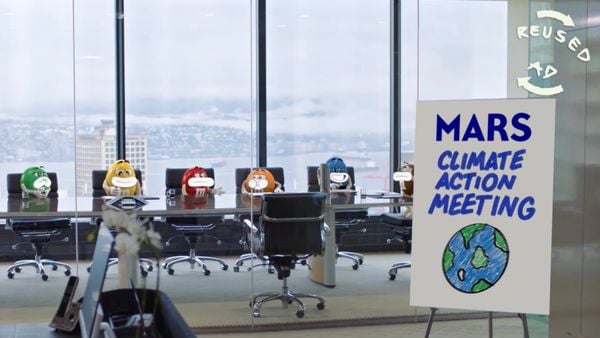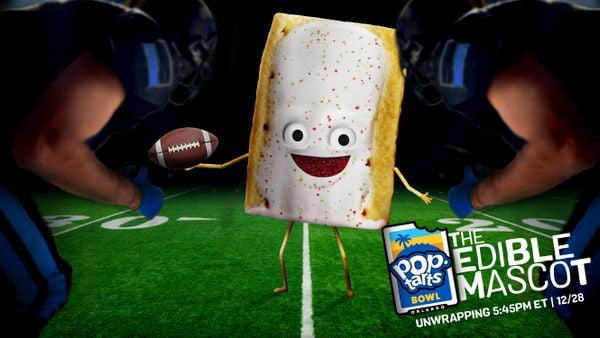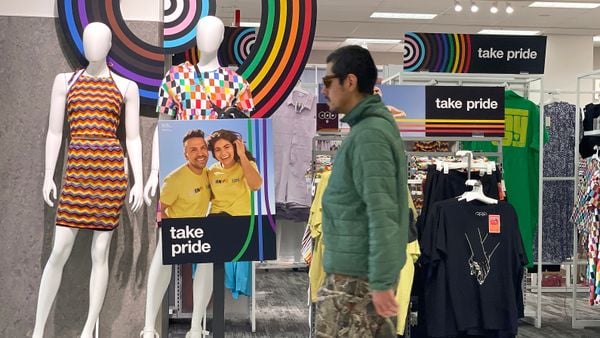NEW YORK — A number of discussions at this year’s Advertising Week New York conference revolved around how marketers can build consumer trust and loyalty for their brands. DoorDash CMO Kofi Amoo-Gottfried at a Thursday session reminded attendees that such strategies are more difficult than many imagine.
“It’s a bit of a highfalutin notion, the idea that people can be loyal to a brand, but people are not loyal to their partners,” Amoo-Gottfried said to chuckles from attendees. “We will never be in a position where someone is 100% loyal all the time. But how do you earn more and more of their business?”
The DoorDash executive’s position was echoed by fellow panelist Dane Mathews, Taco Bell’s chief digital officer, who noted how even a brand like Taco Bell that has strong consumer preference must work to maintain it in a highly competitive QSR landscape.
“There are lots of entities … trying to get better at it and trying to shave away that preference. You’re always trying to optimize, you’re trying to get better at it and it has nothing to do with what you’re doing today,” Mathews said. “You need to hold on to how you exist [now], but you need to strive and find new ways to drive engagement.”
Tapping ‘discrete audiences’
Both DoorDash and Taco Bell have worked to drive engagement through subscription services with the DashPass and Taco Lover’s Pass, respectively. DashPass gives DoorDash a sense of its most loyal users’ engagement habits, while the Taco Lover’s Pass seeks to drive greater frequency from an audience that already has high frequency.
“Product innovation needs to be really tied, not to broad-based audiences, but to discrete audiences that you’re trying to grow specific, defined behaviors out of,” Mathews explained. “The metrics show where and how to do that.”
DoorDash measures loyalty in a number of ways, with retention and frequency as key metrics. For Taco Bell, consumer behavior is most telling. As an example, Mathews noted that the brand sees devotees, internally dubbed “Purple Knights,” who help other consumers learn about new Taco Bell products at launch on social media.
“We look at the sphere of loyalty beyond just purchases,” the exec said. “It’s about, how do you rep the brand and how do you rep other consumers that want to be engaged with the brand?”
Central to establishing brand loyalty is trust. Amoo-Gottfried noted two dimensions of trust: doing the job for which you’ve been chosen by a consumer and being aligned with a business purpose and how it operates. For most consumers, the latter is secondary to the former.
“Do I care about your highfalutin purpose? Turns out people don’t — they care about me doing the thing they hired me for,” the exec said.
Coming together for Taco Tuesday
Taco Bell and DoorDash formalized their relationship in November 2022 when the chain added delivery to its rewards app. But at first, the relationship between companies was simply transactional, Amoo-Gottfried noted.
“We [wanted] to figure out how to get it to a different place,” he said. “How do you build more engagement? How do you build more trust and get to the place where we’re both deeply invested in growing each other’s businesses?”
The companies had a major opportunity to do so as part of Taco Bell’s efforts earlier this year to “liberate” the phrase “Taco Tuesday,” which had been trademarked by Cheyenne, Wyoming-based chain Taco John’s for years. Taco Bell’s campaign, which included an online petition and spots with LeBron James, was born out of the “ridiculousness of the whole situation” wherein mom-and-pop taquerias would sometimes receive cease-and-desist letters for using the phrase “Taco Tuesday,” Mathews explained.
Taco John’s abandoned the trademark in July and launched a marketing push of its own, which Taco Bell soon followed with an effort that saw it pick up the tab on taco orders placed with participating Mexican food vendors through DoorDash. The companies pooled $5 million to comp taco orders on Sept. 12 to mark the occasion.
“The surest, fastest way to celebrate it was through delivery. If we wanted to reach the taqueros, if we wanted to amplify and celebrate their ability to use Taco Tuesday, the most simplified, straightforward platform to do that with was DoorDash,” Mathews said.
The collaboration was an unusual one, with Taco Bell pushing consumers toward mom-and-pop taquerias via DoorDash, and required unorthodox work behind the scenes. Taco Bell drove the effort via its customer relationship management platform, and the brands set up a war room to monitor how consumers responded to make sure local taco spots weren’t overwhelmed by the effort. Both executives are proud of what the Taco Tuesday push means for their brands.
“We believe it’s a way for the category and taco culture to continue to thrive in a burger world,” Mathews said.
Meanwhile, Amoo-Gottfried borrowed a term — #TombstoneGoals — from Taco Bell’s Global Chief Brand and Strategy Officer Sean Tresvant, who will be promoted to CEO on Jan. 1., to describe the partnership.
“The things that we do together have to be the types of things that can go on our tombstones,” he said.






